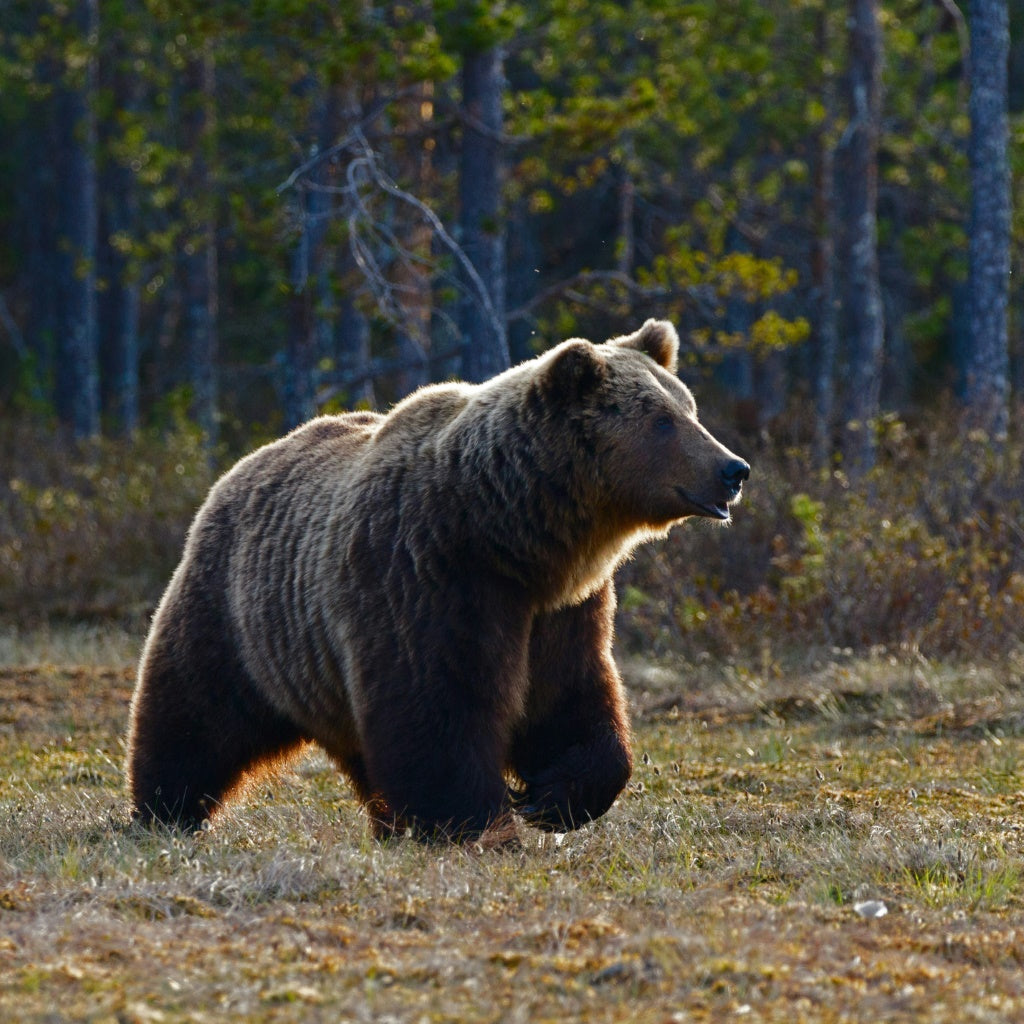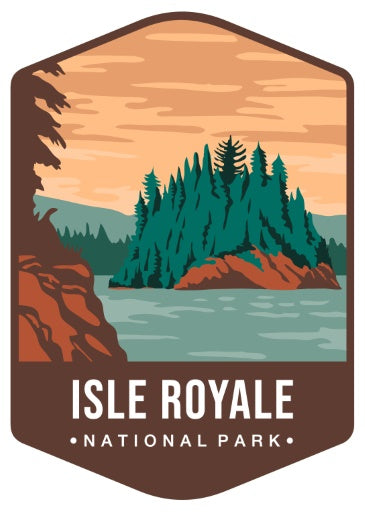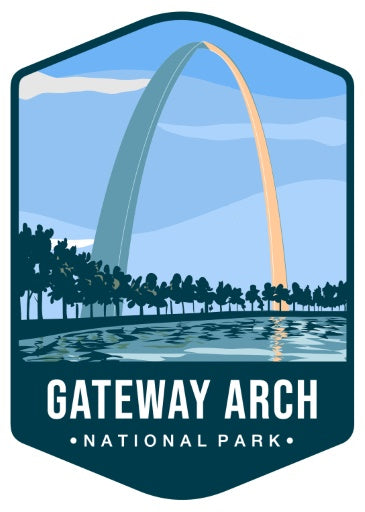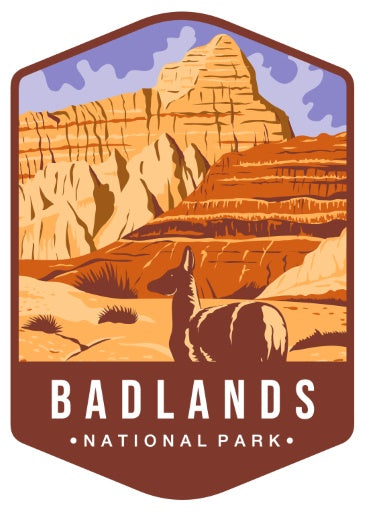WUDN
March-2024
Exploring the Great Outdoors: 5 Must-Visit Features of Every National Park in the United States
WUDN Outdoor Adventure (National Park Series)

Part 12 of Our National Park Series
Sequoia National Park: Where Giants Roam and Nature Flourishes
National Park Series > California Coast & Desert > Sequoia National Park
Back to the Table of Contents
Sequoia National Park, located in the southern Sierra Nevada mountains of California, is a land of majestic beauty and ancient wonders. Home to the largest trees on Earth, including the iconic giant sequoias, the park offers visitors a chance to explore pristine wilderness, rugged mountains, and diverse ecosystems. Here are the top five activities to experience during your visit:

Top 5 Outdoor Adventures in: Sequoia National Park
1. Giant Sequoia Groves:
Marvel at the awe-inspiring beauty of the park's giant sequoia groves, where towering trees reach heights of over 250 feet and diameters of 30 feet or more. Don't miss the opportunity to walk among these ancient giants at Mariposa Grove, home to over 500 mature sequoias, including the famous Grizzly Giant and California Tunnel Tree. Other notable groves include Giant Forest, home to the General Sherman Tree, the largest tree on Earth by volume, and Crescent Meadow, a picturesque meadow surrounded by towering sequoias.
2. Scenic Drives:
Take a leisurely drive along the park's scenic roads to experience the beauty of Sequoia National Park from the comfort of your car. The Generals Highway, which connects Sequoia National Park with neighboring Kings Canyon National Park, offers breathtaking views of the park's rugged mountains, deep canyons, and lush forests. Be sure to stop at overlooks such as Tunnel View and Moro Rock for panoramic views of the surrounding landscape.
3. Hiking:
Lace up your boots and hit the trails to explore Sequoia National Park's stunning landscapes and diverse ecosystems. With over 800 miles of hiking trails ranging from easy strolls to challenging summit hikes, there's a trail for every skill level and interest. Don't miss the iconic hikes to destinations such as the summit of Moro Rock, the misty spray of Tokopah Falls, and the rugged beauty of the Lakes Trail, which traverses alpine lakes and meadows.
4. Wildlife Watching:
Keep your eyes peeled for the park's diverse wildlife as you explore its pristine wilderness. Sequoia National Park is home to a variety of species, including black bears, mule deer, mountain lions, and a wide variety of birds. Bring binoculars and a camera to capture sightings of these majestic creatures against the backdrop of the park's stunning scenery. Join a ranger-led wildlife viewing program or venture out on your own to spot wildlife in their natural habitat.
5. Caving:
Delve into the park's underground world and explore its fascinating network of caves and caverns. Sequoia National Park features several caves that are open to visitors, including Crystal Cave, a stunning marble cavern adorned with intricate formations such as stalactites, stalagmites, and flowstones. Guided tours of Crystal Cave are available seasonally from late spring to early fall, offering visitors a chance to experience the park's hidden treasures firsthand.
In Sequoia National Park, some of the top attractions that draw visitors from around the world include:
General Sherman Tree:
This iconic tree is the largest living tree on Earth by volume, standing at an impressive 275 feet tall and estimated to be over 2,000 years old. Visitors can marvel at the sheer size and majesty of the General Sherman Tree along the Congress Trail.
Moro Rock:
Perched atop a granite dome, Moro Rock offers breathtaking panoramic views of the surrounding Sierra Nevada mountains and the Great Western Divide. Visitors can climb the 400 steps to the summit for an unforgettable vista.
Tunnel Log:
Located along the Crescent Meadow Road, the Tunnel Log is a fallen giant sequoia that visitors can drive through, providing a unique and memorable photo opportunity.
Crystal Cave:
This marble cave features intricate rock formations, stalactites, and stalagmites illuminated by guided lantern tours. Exploring Crystal Cave offers visitors a chance to delve into the underground wonders of Sequoia National Park.
Giant Forest:
Home to several groves of giant sequoias, including the General Sherman Tree, the Giant Forest is a must-visit destination for anyone seeking to experience the awe-inspiring beauty of these ancient trees.
Moro Rock Trail:
This steep granite stairway leads to the summit of Moro Rock, offering stunning views of the surrounding landscape and a thrilling adventure for hikers.
Crescent Meadow:
Known as the "Gem of the Sierra," Crescent Meadow is a picturesque alpine meadow surrounded by towering sequoias and vibrant wildflowers, making it an ideal spot for picnicking and wildlife viewing.
Tokopah Falls:
This scenic waterfall can be reached via a relatively easy hiking trail that winds through lush forested landscapes, offering views of cascading waterfalls and the surrounding granite cliffs.
Some Real Wooden Style for Your Trip
We are working on more branded merch to accompany your trip. In the meantime, here is a pair of real wooden shades for some excellent style while you hike the back-country of Sequoia National Park.
How to Get To Sequoia National Park
Getting to Sequoia National Park, located in the southern Sierra Nevada mountains of California, involves several transportation options depending on your starting point:
1. By Car: Driving is the most common and convenient way to reach Sequoia National Park. The park is accessible via several entrances, including the Ash Mountain Entrance near Three Rivers and the Foothills Entrance near the town of Lemon Cove. From major cities such as Los Angeles or San Francisco, take Interstate 5 to Highway 99, then follow signs to the park's entrance. Once inside the park, follow the Generals Highway to access visitor centers, trailheads, and other points of interest.
2. By Air: The nearest major airports to Sequoia National Park are Fresno Yosemite International Airport (FAT) and Meadows Field Airport (BFL) in Bakersfield. From either airport, you can rent a car and drive to the park, which takes approximately 1.5 to 2.5 hours depending on traffic and weather conditions. Alternatively, you can fly into larger airports such as Los Angeles International Airport (LAX) or San Francisco International Airport (SFO) and then drive to the park, which takes about 4-6 hours.
3. By Public Transportation: While there is no direct public transportation to Sequoia National Park, you can take an Amtrak train or Greyhound bus to nearby cities such as Fresno or Visalia. From there, you can arrange for a shuttle service or taxi to transport you to the park. Be sure to check the train and bus schedules and availability of transportation options before planning your trip.
4. Guided Tours: If you prefer not to drive yourself, you can join a guided tour to Sequoia National Park from nearby cities or towns. Many tour companies offer day trips and multi-day excursions to the park, providing transportation, guided activities, and accommodations for visitors. Guided tours typically include visits to popular attractions such as the Giant Forest, Moro Rock, and Crystal Cave.
Regardless of how you choose to travel to Sequoia National Park, be sure to plan ahead and check road conditions, weather forecasts, and park regulations before you go. Depending on the time of year, certain park facilities and roads may be closed, so it's important to be prepared for any potential challenges during your visit.
History and Creation of Sequoia National Park
Sequoia National Park, located in the southern Sierra Nevada mountains of California, holds a rich history intertwined with the preservation of its iconic giant sequoia trees and breathtaking landscapes. The park's history can be traced back to the mid-19th century when early explorers and settlers ventured into the Sierra Nevada, captivated by the towering forests and rugged terrain. One of the park's most famous features, the General Sherman Tree, was discovered in 1879 and named in honor of the Civil War general.
In 1890, Sequoia National Park was established, becoming the second national park in the United States, primarily to protect the giant sequoia groves within its boundaries. This designation was followed by the establishment of Kings Canyon National Park in 1940, which adjoins Sequoia and preserves its stunning canyon landscapes and wilderness areas. Together, Sequoia and Kings Canyon National Parks form a contiguous area of protected wilderness covering over 800,000 acres.
Over the years, Sequoia National Park has played a significant role in the conservation movement, serving as a symbol of the importance of preserving natural landscapes and ecosystems. The park continues to inspire visitors with its towering trees, scenic vistas, and opportunities for outdoor recreation and exploration. Today, Sequoia National Park remains a cherished destination for nature lovers, hikers, and outdoor enthusiasts, offering a glimpse into the timeless beauty and grandeur of the Sierra Nevada mountains.
/Fin. Sequoia National Park
From walking among ancient giants to scenic drives through towering forests, Sequoia National Park offers a wealth of outdoor activities for nature lovers and adventurers alike. Whether you're exploring its rugged mountains, wandering through its pristine wilderness, or simply soaking in the serenity of the natural world, the park invites you to embark on an unforgettable journey through one of California's most iconic landscapes.

How to Prepare for a Visit to a US National Park
Our top-10 list to get you prepared and a bonus section on Bears!
Read More
20 Must Have Gadgets for Your Next Outdoor Adventure
Our curated list to keep you safe and productive on your next outdoor adventure.
Read More
About the Author

Jaimeleigh Christian
Jaime is passionate about the outdoors and traveling throughout these gorgeous United States. Especially National Parks in the Pacific Northwest.
Tags
Travel
Outdoor Adventure Series
National Parks
Tour Guide
You May Also Like
Want To Receive More Outdoor Adventures?
Follow us to receive the latest adventures



